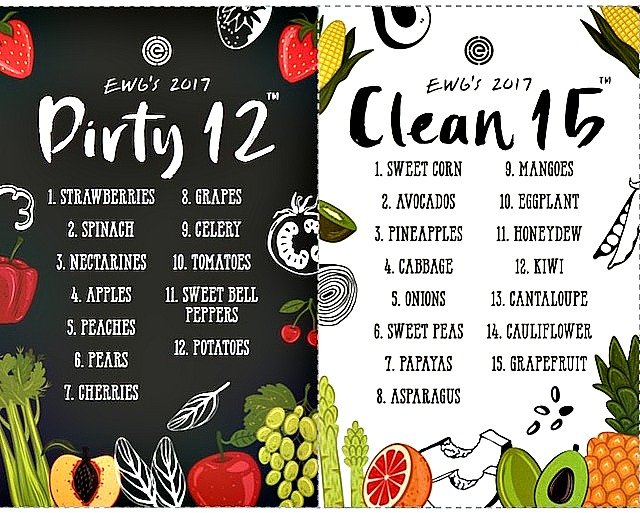The term “organic” has turned into a trendy buzzword, losing some of its meaning and often causing a sense of overwhelm due to its prevalence in stores. When shopping for produce, “organic” in some instances means being free of pesticide residue. While such residues can be harmful if consumed frequently, for budget-conscious shoppers, “organic” also denotes expensive. Instinctively, when presented with identical berries in the store, and one bears a higher price tag, it’s normal to opt for the more affordable choice.
So it begs the question – when should we opt for organic shopping, and when is conventional shopping acceptable? The Environmental Working Group (EWG), a nonprofit, educates consumers and annually compiles a list in collaboration with the USDA and FDA. This list ranks pesticide contamination for 48 fruits and vegetables, known as the “Dirty 12 and the Clean 15.” It identifies the twelve foods with the most pesticide residue (Dirty 12) and the fifteen cleanest foods with the least residue (Clean 15). This provides a helpful guide to determine the 12 most important fruit and veggies to shop organic and the top 15 that are okay not to shop organic if you are on a budget. It is recommened to print out this guide, keep on your fridge or bring with you to the grocery store!


